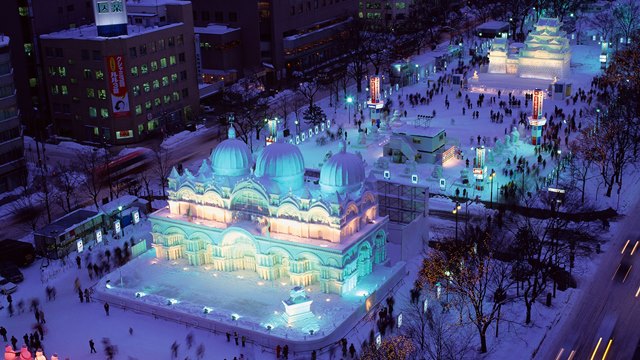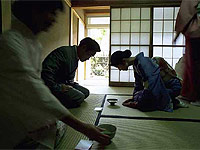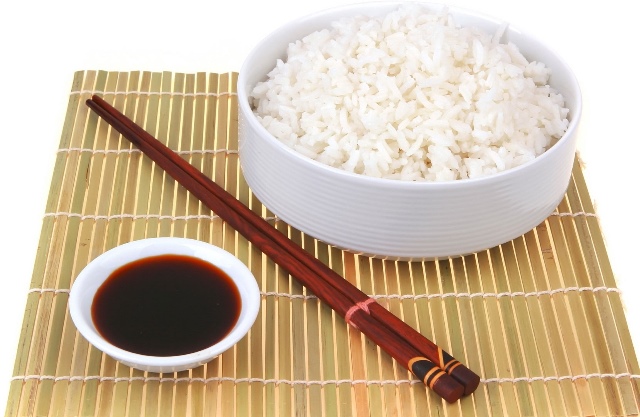Edo period
TOURIST NOTES. ALL ABOUT RAMEN (part 1)
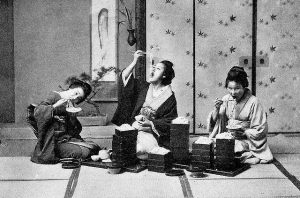 Ramen (ラ ー メ ン) is one of the most beloved dishes in Japan. This noodle dish in a broth sprinkled with filling has won the hearts of gourmets around the world and often tops the list of what tourists plan to eat when purchasing tours to Japan. So, let’s take a closer look at one of Japan’s national culinary treasures.
Ramen (ラ ー メ ン) is one of the most beloved dishes in Japan. This noodle dish in a broth sprinkled with filling has won the hearts of gourmets around the world and often tops the list of what tourists plan to eat when purchasing tours to Japan. So, let’s take a closer look at one of Japan’s national culinary treasures.
HISTORY OF RAMEN
Historians did not agree on the date of the first appearance of ramen: what some consider the first primitive form of ramen, others do not recognize ramen and believe that it is too far from the modern version. According to information found in the Ramen Museum, some claim that this dish was eaten in Japan as far back as 1485 – based on extracts from the magazine of the famous priest (Inryokennichiroku), in which he claims to have served a Chinese ramen-like dish called “kaitimen” . Continue reading
Sakura blossom time (part 1)
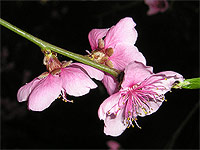 Haaru, spring in Japanese, is the time of flowering of the “sakura” decorative cherry, which is associated with one of the most beautiful holidays of the Land of the Rising Sun. From the end of March to the beginning of April, Japan is completely transformed: hundreds of trees bloom everywhere with white and pinkish-white flowers, which makes it seem from afar that they are shrouded in clouds or covered in snow flakes. Every year, many people gather in parks, alleys, gardens, near palaces and temples to enjoy a truly beautiful and breathtaking sight. This custom is called “hanami” (from the words “hana” – a flower and “mi” – to watch), which literally means “viewing flowers”.
Haaru, spring in Japanese, is the time of flowering of the “sakura” decorative cherry, which is associated with one of the most beautiful holidays of the Land of the Rising Sun. From the end of March to the beginning of April, Japan is completely transformed: hundreds of trees bloom everywhere with white and pinkish-white flowers, which makes it seem from afar that they are shrouded in clouds or covered in snow flakes. Every year, many people gather in parks, alleys, gardens, near palaces and temples to enjoy a truly beautiful and breathtaking sight. This custom is called “hanami” (from the words “hana” – a flower and “mi” – to watch), which literally means “viewing flowers”.
Sakura is the national symbol of Japan, which is devoted to many songs and poems. Continue reading
